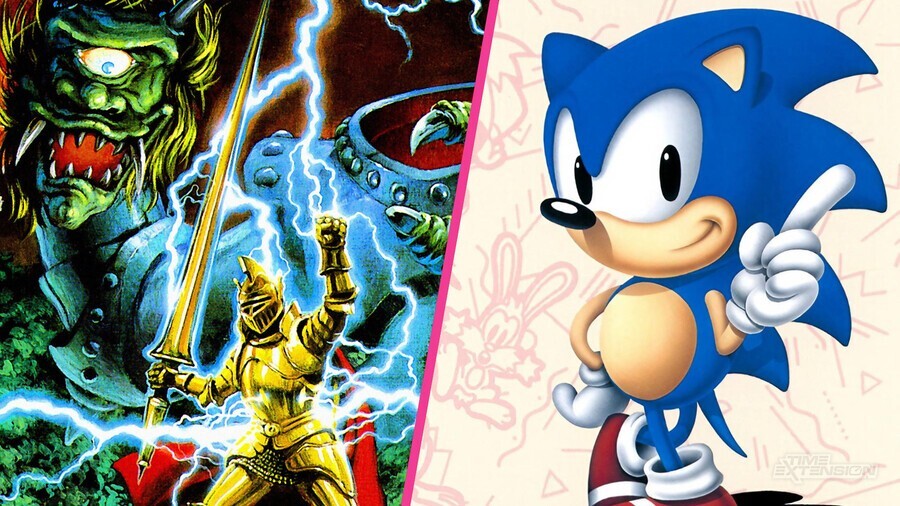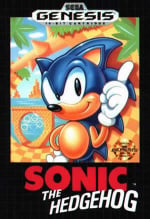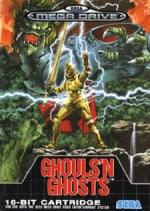
Many articles and books have been written about the origins of Sonic the Hedgehog, but this interview from 2016 includes comments from Yuji Naka which we hadn't previously heard (thanks to John Szczepaniak for bringing it to our attention).
According to Naka – who was recently in the news for insider trading but is more famous for being one of the core creators of the Sonic series – one of the main inspirations for the game was Capcom's Ghouls ‘n Ghosts, known in Japan as Dai Makaimura in Japan.
"It all began when I went to the 1988 Amusement Machine Show, where I saw Capcom’s display of Ghouls ‘n Ghosts," he tells Den Faminico Gamer. "I was really impressed by it and remember thinking, 'What is this game?!' When I got back to work, I immediately pleaded with my boss, saying, 'I really want to port Ghouls ‘n Ghosts. Please make a deal with Capcom!'"
Ghouls 'n Ghosts was one of several Capcom titles reprogrammed by Sega under license, along with Strider, Mercs and Mega Twins. All of these ports were done in-house at Sega, and Naka famously handled the Ghouls 'n Ghosts conversion – a job which pushed his talents to the limit:
About a month after that, I went to Capcom and received only the source code and the ROM data. I then completely immersed myself in the process of porting it.
However, I realized I was in trouble when I tried loading the data. The Mega Drive cartridge held just 4 Mbit, but the program code alone was bigger than 4 Mbit. I was like, 'Where am I going to put the graphics?!'
The work came down to me doing all I could to reduce the program code and shoving the graphics in where I could. Halfway through, I really started to regret saying I wanted to work on it (laughs).
I got to a point where I thought, 'If I just had a little bit more memory, it would resemble the arcade version even more.' I really didn’t want to reduce the quality any more. I went to my boss and pleaded, “I’m sorry, but could I have just one more megabit?” I was able to get 5 Mbit for the game. Because of my desire to make it good, of all the Mega Drive games, Ghouls ‘n Ghosts became the sole game to use the unorthodox 5 Mbit ROM.
Naka explains that the porting process took around five months, during which he would often sleep on the floor in front of his desk at night. Rather than being resentful of this fact, he says the challenge helped him improve his skills as a programmer – and one aspect of the port, in particular, had a massive impact on the creation of Sonic.
"If it hadn't been for the person who programmed Daimakaimura or if I hadn't gone to see the amusement machine show, I don't think Sonic would have been born," he says.
This is because Ghouls 'n Ghosts was one of the first platformers to include sloping surfaces, and programming these was tricky:
I didn't understand the technology behind that program when I saw it at an amusement machine show. 'What's going on with this!?' That's why I thought, 'If I transplant it, I'll understand the technology!'
When I saw the code, I was impressed!'Ah, I see! That's how they're doing it! That's amazing!!' Daimakaimura was a program that could only move 2 dots horizontally every 1/60 seconds , but if we could move that to around 16 dots, wouldn't it be a completely different game? I got an idea and decided to make some. Then... this is really fast!
So, in the next stage, when we made the slope of Daimakaimura steeper and steeper... I noticed something. I thought, 'Huh? If I connect these things together, they'll spin around' As a result, I was able to turn around, all in one go.
Those of you paying attention will realise that this is the origin of the 360-degree loop in Sonic the Hedgehog, one of the signature set pieces of the original 1991 game.







